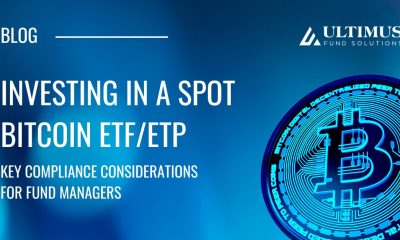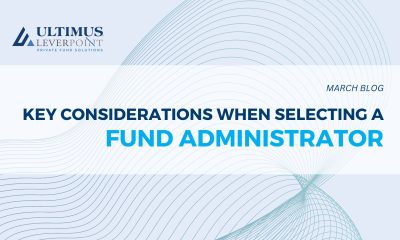INTRODUCTION
Financial intermediaries conduct various levels of product due diligence to gain a better understanding of the investment firm’s Competitive Edge. Due diligence questionnaires cover two key areas; firm and product. Due diligence teams are seeking to understand the investment adviser’s philosophy, processes and operational support to best determine business viability and product continuity. The following is a general guideline, created to prepare you in responding to a due diligence team.
“The strongest steel is well-founded self-belief. It is earned, not given.”
– Coach John Wooden
FIRM
|
PRODUCT
| Question | Why does the due diligence team ask for this information? | How to highlight your Competitive Edge |
| Illustrate your investment philosophy | Recognize the overarching core beliefs that will impact the strategy and investment process implementation. | Present your firms core beliefs that drive the strategy implementation. For example: top down or bottom up viewpoints, quantitative drivers or qualitative fundamental factors, macro or micro viewpoints and or market trend followers. |
| Detail the firm’s investment process | Explore the process for portfolio construction, with emphasis on key decision makers and buy and sell disciplines to ascertain replicability of the strategy to drive consistent performance. | Outline decision making hierarchy and provide detailed security selection process that influences portfolio allocation decisions. |
| Include portfolio allocation rationale | Discover the guardrails for minimum/maximum holdings at the security, sector and industry level with emphasis on risk management tools. | Emphasize the consistency of the investment process by highlighting how the firm generates alpha, i.e., when there would be underweights and overweights in the portfolio, any benchmark considerations and provide rationale for cash holdings. |
| Showcase your performance history | Seeks to understand how the investment management team has performed vs the benchmark and designated peer group since inception and for key time periods: 1, 3, 5+ years. | Highlight respective vehicle performance and history managing assets in the investment style. Provide examples of “stressed” time periods and how your strategy performed. |
| Define risk management policies and procedures | To understand the firm’s risk controls for three key areas:
| Illustrate disaster recovery plans. Provide procedures for safe keeping of all sensitive information and how client privacy is protected and monitored against cyber security attacks. Discuss contingency plan should key decision makers leave the firm. Highlight succession plans with emphasis on cultivating the next generation of talent. |
| Portray the sales and marketing support that will drive sales growth opportunities | Seeking to understand how the firm will grow the strategy assets over time. | Feature your short term and long term marketing plans that may impact your sales over time. Emphasize on what circumstances would increase your sales efforts. Focus on target market, distribution activity and personnel. |
NEXT STEPS
DISCOVER – Gain a deeper understanding of how to highlight your Competitive Edge in the due diligence process
PLAN – Create an off the shelf due diligence questionnaire for your firm and strategy
PREPARE – Work with your Strategic Relationship Manager to determine the intermediary opportunities
ACT – Proactively provide the questionnaire when soliciting new opportunities


